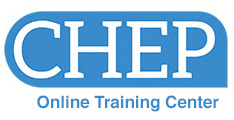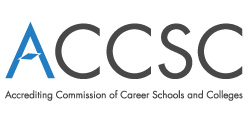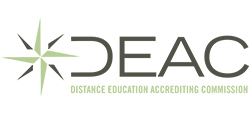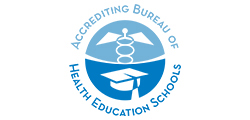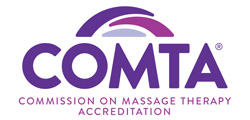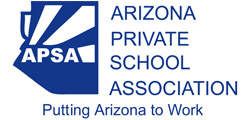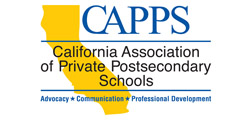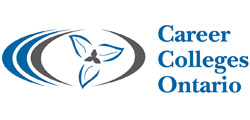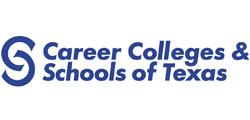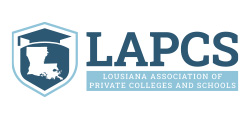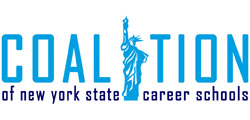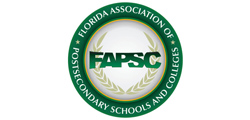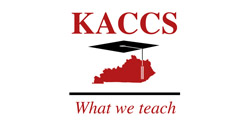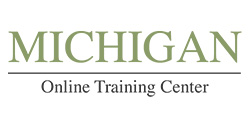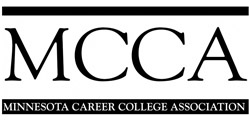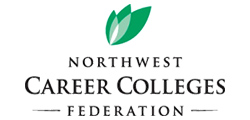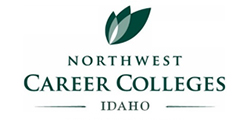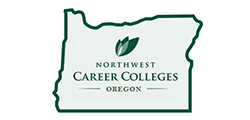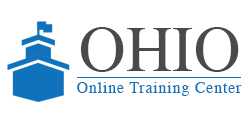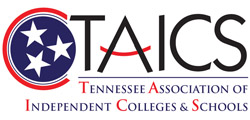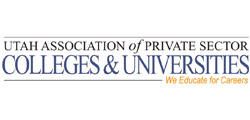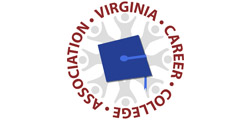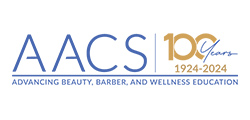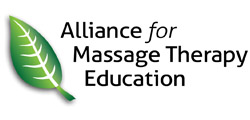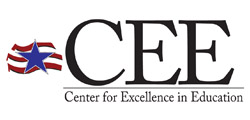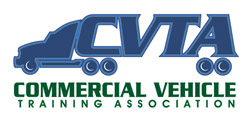Badge Evidence | Completed Courses (4 Hours Each)
ED113Managing the Adult Classroom
This course compares and contrasts four styles of classroom management. The course includes "virtual visits" to animated classrooms where participants observe four instructors who exhibit different management styles. The style that is preferred by most students is identified and described, and suggestions are offered on how instructors can modify their personal style to increase their effectiveness. A four-step model for developing successful classroom management strategies is presented and is followed by a discussion of a practical, behavioral approach to classroom management. Characteristics that foster good discipline in the educational institution and in the classroom are listed and explained, and tips are offered that can improve both institution-wide and classroom discipline. Finally, a number of scenarios involving common discipline problems are described.
EL113Active Learning in an Online Environment
This course will provide you with a basic overview of the background and history of the popular instructional method called active learning. This method differs from traditional educational methods such as the lecture model. Active learning has a definite place in education especially in the online learning environments. It is used to support teaching outcomes like critical thinking skills, interpersonal skills and knowledge acquisition that all instructors wish for their students. However, active learning it calls for a change of attitude on the part of students and the instructor in order to be successful. But the advantages far outweigh the disadvantages as it can make students enthusiastic about learning. Learn about this brave new world of teaching and learning for the next generation.
FA231Regulatory Compliance - Outside the Financial Aid Office
This course will help participants to interpret the many rules and regulations that are required by educational institutions offering Title IV funding. It will aid in preparing management and faculty in recognizing that compliance is the responsibility of the entire institution and is not just the job of the Financial Aid Office. Course content will also aid the individual in building a "culture of compliance" which will encourage teamwork and secure the cooperation of others on campus.
ML119Persuasion Skills
To do their job - accomplishing work through others - managers must develop and use persuasion skills rather than simply issue orders. Formal authority no longer gets managers as far as it used to. This course will help you master the art and science behind successful persuasion so you can begin changing others' attitudes, beliefs, or behavior to create win-win solutions.
ML120Feedback Skills
Feedback is an essential component of the communication process. In this course, you will learn when and how to give effective positive or corrective feedback, how to offer feedback upward, and how to receive feedback.
ML133Goal Setting
This course will show you how to set realistic goals, prioritize tasks, and track milestones to improve performance and morale.
ML145Process Improvement
In this course, you will learn what business processes are, why improving them is essential, and how to carry out a business process improvement (BPI) initiative.
OP105Developing a Five-year Plan for Your Educational Institution
What will your institution look like in five years? Growth takes change and the commitment of the stakeholders in your organization. A five-year plan is essential for any owner or director of an educational institution, no matter how long they have been in the business. It includes various elements such as your enrollment goals for all programs, plans for new programs, new profit center potential, fees and all financial aid opportunities, enhancement of student services, faculty and staff planning, marketing and development strategies, and planning for physical space to support your expansion goals. Also, development plans are often needed to satisfy licensing and accreditation requirements.
This course covers the essential components and techniques involved in developing a comprehensive five-year plan. We will show you an effective step-by-step planning process that involves the participation of representatives from your institution including staff, instructors, students, graduates, and the employers who hire your graduates. The process encourages participants to share their knowledge and ideas, and everyone who participates in the process ultimately becomes a stakeholder in making the plan work. The course includes planning worksheets that you can download and use to help you develop your institution’s five-year plan.
OP106Developing New Programs: Research and Selection
Educational institutions need to be aware of emerging employment opportunities in new and expanding fields if they are going to continue to attract students. Most licensing and accrediting agencies ask an institution for some form of feasibility study when submitting new program-add applications. The research involved in this step often requires proof of need for the program, number of anticipated job openings, and input from employers. This course outlines ways to collect data to make an effective decision and show regulatory agencies proof of employment opportunities. Step-by-step directions are included to assist institution staff in conducting effective research and preparation of curriculum to meet employer specifications.
OP110Developing Effective Advisory and Governing Boards
Vital advisory and governing boards create additional opportunities to enhance operations within an educational institution. Well-prepared board members engaged in appropriate and timely activities can make a substantial contribution to operational, financial and management success. Creating, managing and maintaining effective advisory and governing boards can be a demanding yet rewarding process. Board members have to be identified, recruited, and trained to be effective and to understand their role as individual contributors and as members of a group of advisors. To gain maximum leverage from a board, members must also remain motivated and retain a concentrated focus on the institution's mission, purpose and goals. This course will provide a blueprint, with accompanying checklists, for establishing and maintaining effective advisory and governing boards in an educational institution.
OP115RHiring the Right Faculty for Your Institution
This course shows you how to hire high-quality instructors and orient them to your institution. The skills also apply to hiring staff. It's easy to hire someone to do a job. But it can be difficult to hire the right person. You want instructors who are top notch. They represent your institution and interact with the most people at your campus and particularly your students. This course starts with how to determine exactly what type of people you need as your instructors. Then it shows you how to recruit and hire them. Once hired, you'll learn how to introduce them to the working environment at your institution. By the time you finish this course, you'll be recruiting, hiring, and orienting quality instructors. You'll see results in improved enrollments, student achievement, retention, and completion.
OP121Managing Online Faculty at a Distance
It is no longer news that predictive learning analytics are changing online classroom instruction. This course teaches current trends in locating, hiring, monitoring and retaining the best professionals that specialize in online instruction. More importantly, this course provides insights for using the new predictive analytic approaches to optimize management of online faculty. Generalized "best practices" are waning in favor of real-time monitoring for individualized qualitative and quantitative analyses. This real-time approach provides significantly increased student success and retention. Also addressed in the course is how to build a strong faculty management team, continuing faculty development recommendations and various business considerations.
RT101Improving Retention through Timely Intervention
How many times have we said “if we’d only known” as a student walks out the door? No one starts classes planning to fail, but unfortunately problems do arise that present barriers to success. Students are good at identifying these problems blocking their path to success, but they frequently don’t have adequate problem solving and communication skills needed to overcome these problems. This course looks at the effect of stress on attrition, the use of tools to identify and help students at risk, and how to develop an institutional culture that shares responsibility for student success across the entire organization.
RT102Orientation and First Week Activities to Increase Retention
Building a program to ensure a smooth "hand off" from Admissions to Faculty is a critical component of student retention. Applicants often develop a strong bond with their admissions representative that ends (from the institution's standpoint) once they begin classes. This online course provides practical ideas on designing an orientation program, first-week-of-class and other retention activities that connect the student with faculty, the college and each other that will help you retain and graduate more students.

